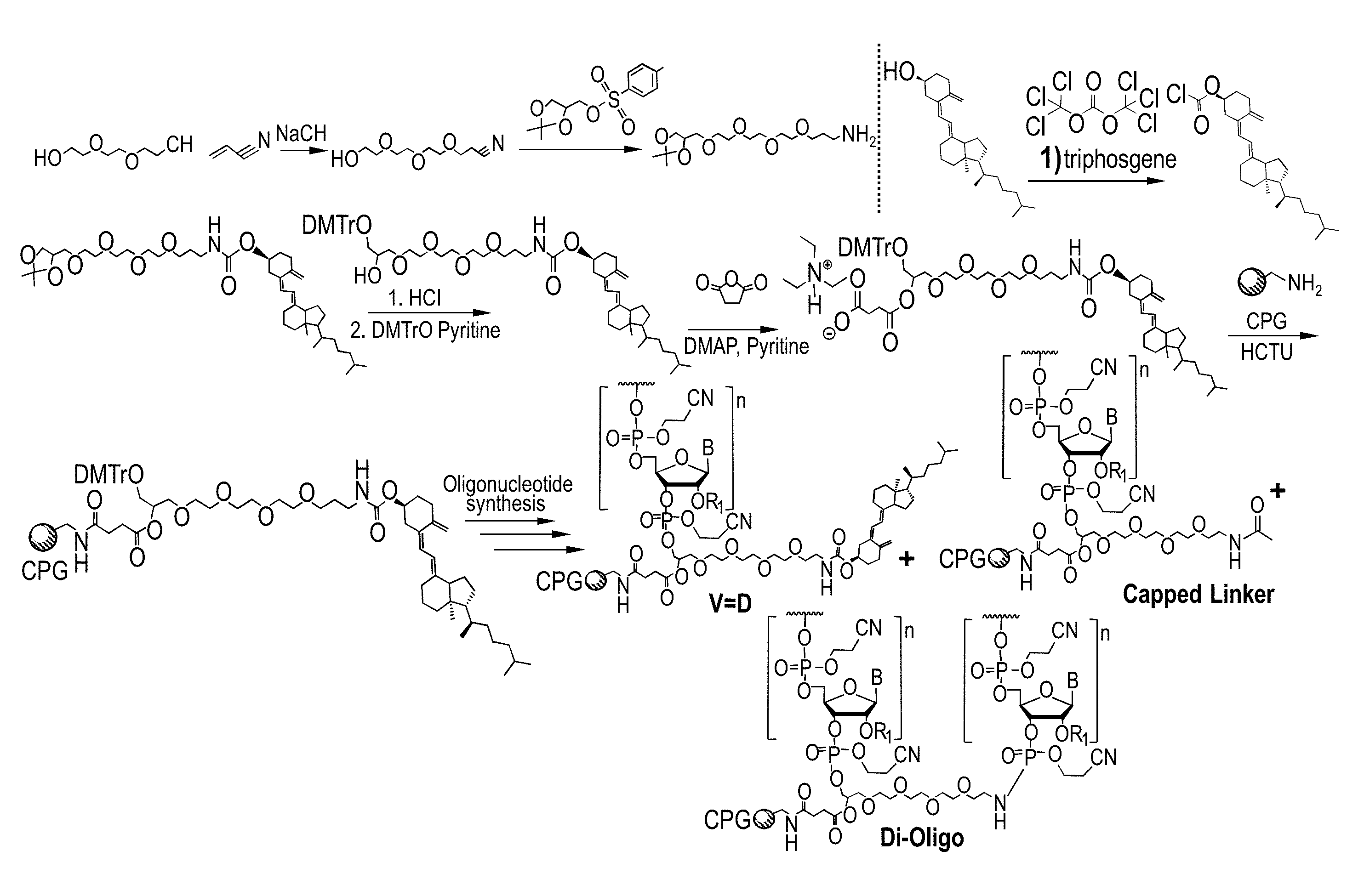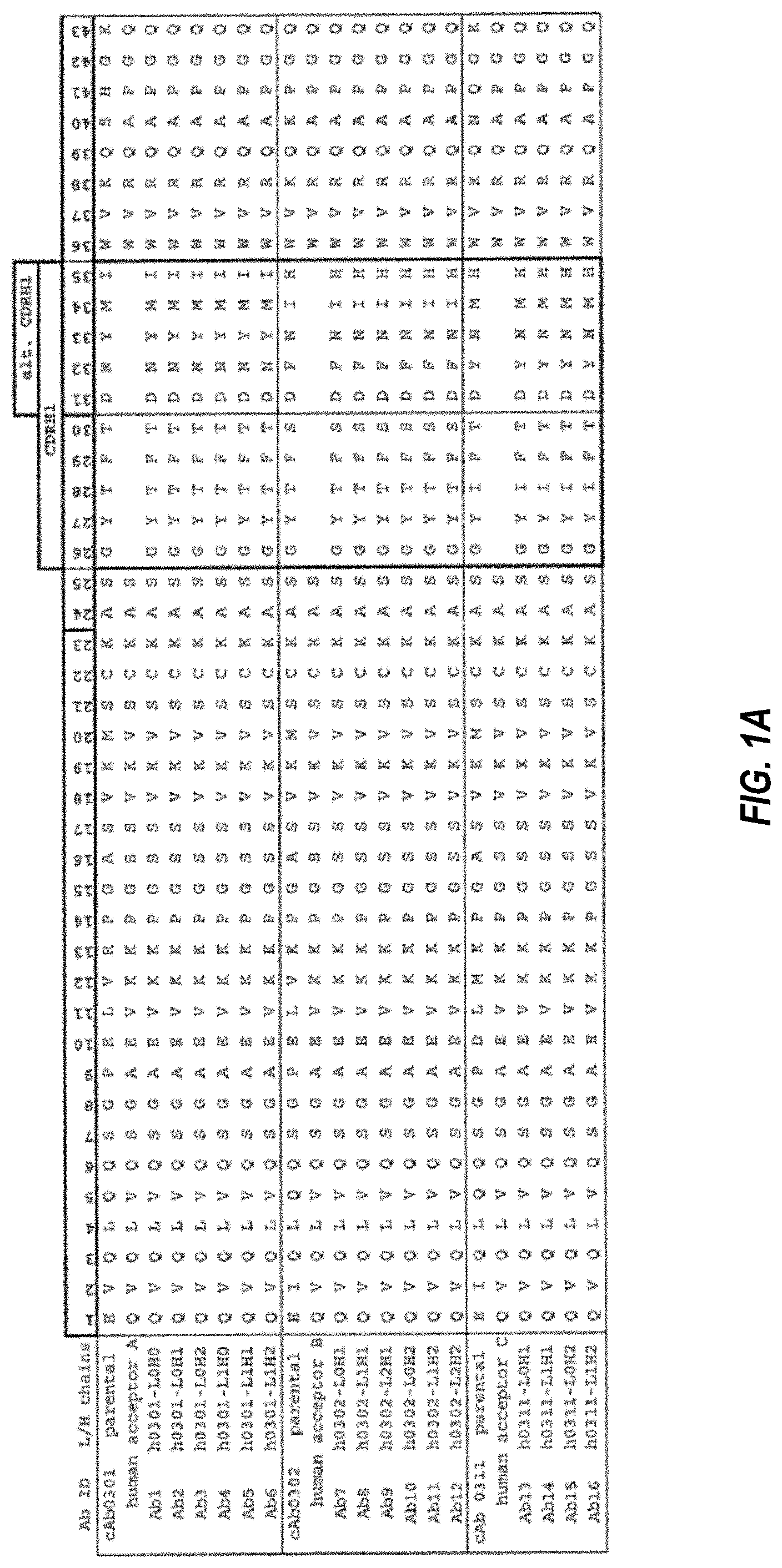Invented by Anastasia Khvorova, Matthew Hassler, Julia Alterman, Bruno Miguel da Cruz Godinho, University of Massachusetts UMass
One of the key factors driving the market growth is the rising demand for targeted therapeutics. Branched oligonucleotides have the potential to specifically target and modulate disease-causing genes or proteins, making them promising candidates for the development of precision medicines. These molecules can be designed to selectively bind to specific sequences of DNA or RNA, enabling researchers to develop highly specific and effective treatments for various diseases, including cancer, genetic disorders, and viral infections.
Moreover, the increasing focus on personalized medicine is also contributing to the market growth. Branched oligonucleotides can be customized to target specific genetic mutations or variations, allowing for personalized treatment approaches. This level of customization is particularly important in the field of oncology, where tumors can have diverse genetic profiles. By targeting specific genetic alterations in individual patients, branched oligonucleotides offer the potential for more effective and personalized cancer therapies.
Another factor driving the market is the growing adoption of oligonucleotide-based diagnostics. Branched oligonucleotides can be used as probes in various diagnostic techniques, such as polymerase chain reaction (PCR) and fluorescence in situ hybridization (FISH). These techniques enable the detection and analysis of specific DNA or RNA sequences, providing valuable information for disease diagnosis and monitoring.
Furthermore, the increasing investment in research and development activities is fueling the market growth. Both academic institutions and pharmaceutical companies are actively exploring the potential applications of branched oligonucleotides in various fields, including drug discovery, gene therapy, and molecular diagnostics. The continuous advancements in oligonucleotide synthesis technologies and the availability of efficient delivery systems are also driving the market forward.
However, there are certain challenges that need to be addressed for the widespread adoption of branched oligonucleotides. One of the major challenges is the delivery of these molecules to the target cells or tissues. Due to their size and complexity, branched oligonucleotides face difficulties in crossing cellular barriers and reaching their intended targets. Researchers are actively working on developing efficient delivery systems, such as lipid nanoparticles and viral vectors, to overcome this challenge.
In conclusion, the market for branched oligonucleotides is witnessing significant growth due to the increasing demand for targeted therapeutics, personalized medicine, and oligonucleotide-based diagnostics. The potential of these molecules to selectively target disease-causing genes or proteins makes them attractive candidates for the development of precision medicines. However, addressing the challenges associated with delivery remains a key focus area for researchers and industry players. With ongoing advancements in technology and increased investment in research, the market for branched oligonucleotides is expected to continue its growth trajectory in the coming years.
The University of Massachusetts UMass invention works as follows
The invention provides branched oligonucleotides that exhibit efficient and specific tissue uptake, minimal immune response, and off-target effect, without formulation.
Background for Branched oligonucleotides
Variable Nucleic Acids
Modified Nucleotides
Compound of Formula I
Structure Formula (II),
Structure Formula (III)
Structure Formula (IV)
Structure Formula (VI)
Structure Formula (VII),
Variable Linkers
Delivery System
Definitions
Delivery and Distribution
Silencing
Modified RNA Silencing Agents
1) Modifications for Enhancing Target Discrimination”.
2) Modifications for Enhanced Efficacy
4) Modifications for Enhancing Cellular Uptake
5″ Tethered Ligands
EXAMPLES
Example 1
Chemical Synthesis and Vitamin D Conjugated HsiRNAs”.
Click here to view the patent on Google Patents.









